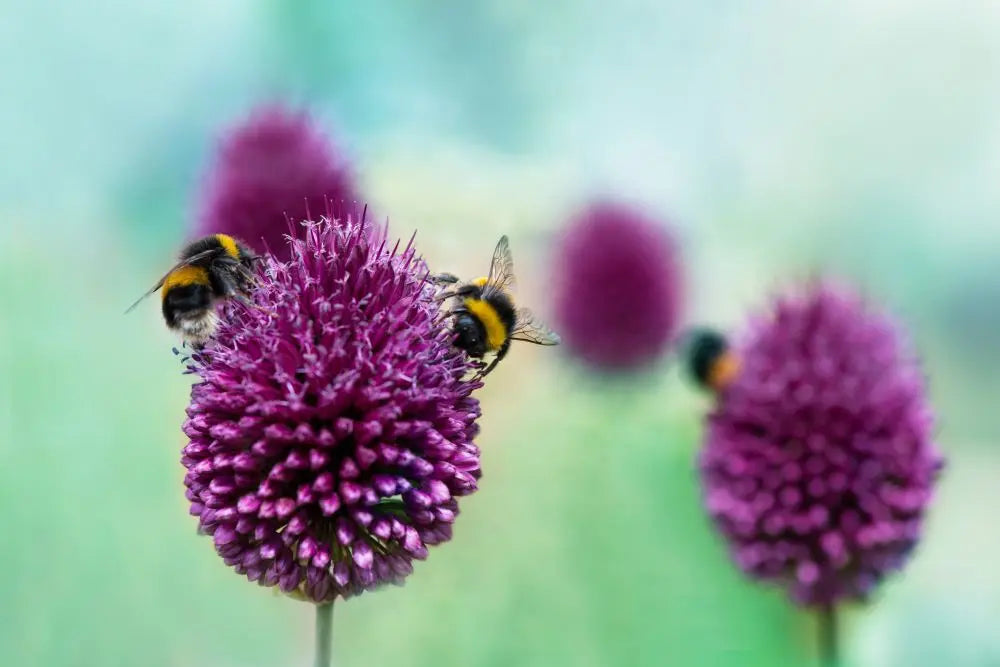From £6.99

Transform Your Outdoor Space: A Guide to Creating a Wildlife-Friendly Garden
Creating a wildlife-friendly garden is a rewarding way to contribute to biodiversity and ecological balance in your local area. By choosing suitable plants and implementing thoughtful garden features, you can attract a variety of birds, butterflies, and beneficial insects, turning your outdoor space into a vibrant haven for wildlife. This guide will provide you with practical tips and tricks to transform your garden into an ecosystem that supports and nurtures local wildlife.
1. Understanding Local Wildlife
Before making changes to your garden, it's important to understand the specific needs of the wildlife in your area. Research local bird species, butterflies, and beneficial insects to learn what they require in terms of food, shelter, and breeding conditions. This knowledge will guide your plant choices and garden design, ensuring that you create a welcoming environment for the species you wish to attract.
2. Choosing the Right Plants
Choosing the right plants is crucial for attracting wildlife. Native plants are best as they have evolved alongside local wildlife and provide essential resources. Consider the following types of plants for your garden:
- Wildflowers: These attract pollinators such as bees and butterflies. They also provide food for insectivorous birds.
- Berry-Producing Shrubs: These offer sustenance for birds during berries' growing season.
- Nectar-Rich Flowers: These are particularly attractive to hummingbirds and butterflies.
- Trees and Hedges: Native trees and hedgerows provide critical nesting sites and shelter.
3. Creating Habitats
In addition to plants, consider creating specific habitats that cater to the needs of different wildlife species:
- Birdhouses and Feeders: Install a variety of birdhouses and feeders to attract different bird species. Ensure these are cleaned regularly and provide diverse feed options.
- Butterfly Houses and Pollinator Hotels: These provide safe havens for butterflies and other pollinators, offering protection from predators and inclement weather.
- Ponds and Water Features: A small pond or birdbath can be a crucial water source for many creatures. Ensure ponds have sloping sides for easy access and egress for small animals.
4. Maintaining Your Wildlife Garden
A wildlife-friendly garden requires thoughtful maintenance to ensure it remains a supportive environment:
- Avoid Pesticides: These chemicals can harm beneficial insects and disrupt the ecology of your garden. Opt for organic solutions or introduce natural predators to manage pests.
- Compost and Mulch Naturally: Use organic mulch and compost to enrich soil health naturally, supporting a thriving plant community.
- **Prune Sparingly:** Allow plants to grow in their natural forms to provide habitats and food sources through the seasons.
5. Engaging with the Community
Consider engaging with your community to expand your impact:
- Join Local Wildlife Groups: Collaborating with local wildlife organizations can provide additional resources and support for your garden.
- Educational Workshops: Host garden workshops to inspire others to create wildlife-friendly spaces, sharing the benefits for biodiversity and ecological health.
- Gardening Competitions and Tours: Encourage community interest and participation through friendly competitions or garden tours, highlighting your successes and ongoing efforts.
6. Monitoring and Adapting
Finally, regularly monitor the wildlife using your garden and be willing to adapt your practices as necessary to continue supporting a diverse range of species. Document changes and consider participating in citizen science programs to contribute data on local biodiversity.
Conclusion
Creating a wildlife-friendly garden is not only beneficial for local ecosystems but also brings joy and educational opportunities to your home. By understanding local wildlife, selecting the right plants, creating various habitats, maintaining your garden thoughtfully, engaging with your community, and monitoring results, you can make a meaningful impact on biodiversity and the ecological health of your environment. Enjoy the process of nurturing nature and watching your garden come alive with a rich tapestry of wildlife.
